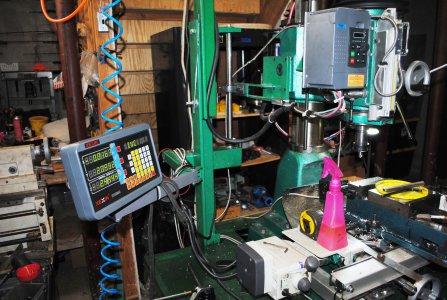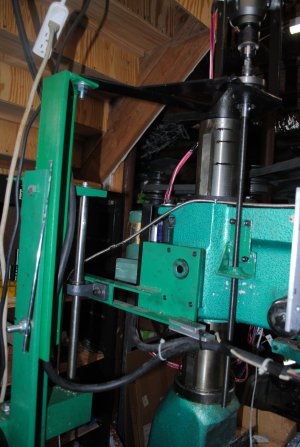- Joined
- Jun 12, 2014
- Messages
- 5,080
I would recommend one of the following depending on your budget, they are all commonly converted to CNC and kits are available. They have good travel, often a major limitation is the Y and Z, less so the X for most projects. The Taiwanese made mill will have better fit and finish, the Chinese mainland less so, but that is a price point decision. There are numerous posts on the HM and on-line videos with the CNC conversion of these mills. One point to be made, these are small mills, and they all have some warts that one has to deal with. These are all run off of single phase input power. I would not recommend a knee if space is limited and for CNC conversion (will be more expensive).
 www.precisionmatthews.com
www.precisionmatthews.com
 www.precisionmatthews.com
www.precisionmatthews.com
 www.precisionmatthews.com
www.precisionmatthews.com
 www.precisionmatthews.com
www.precisionmatthews.com


